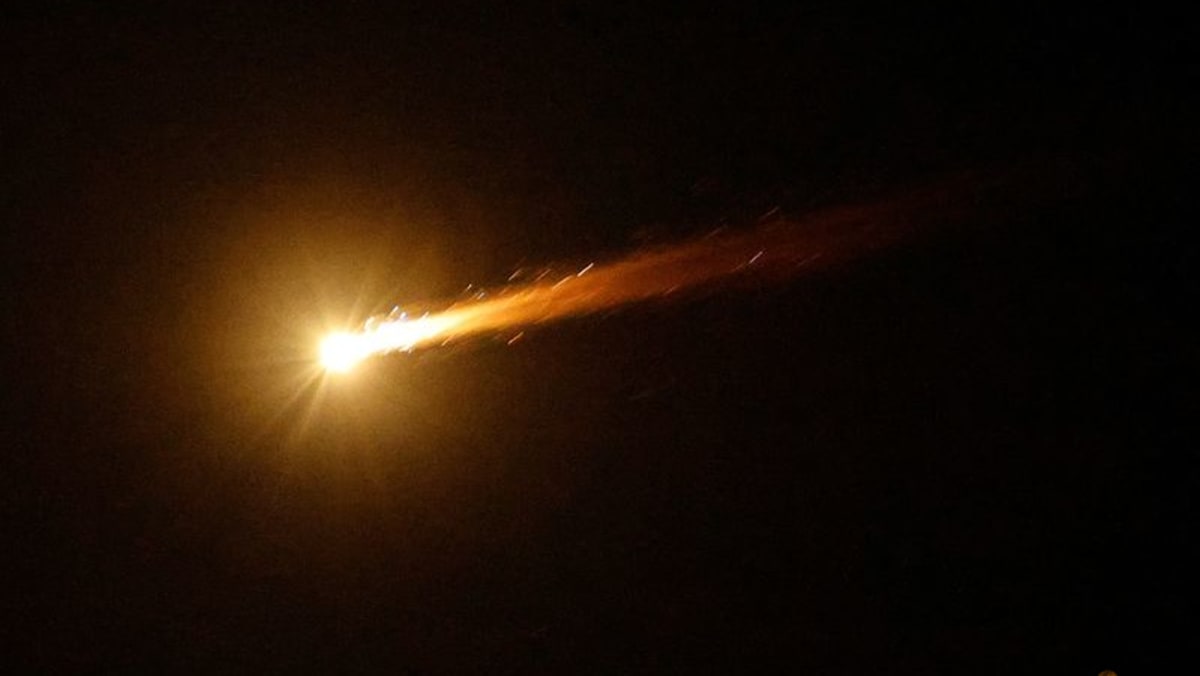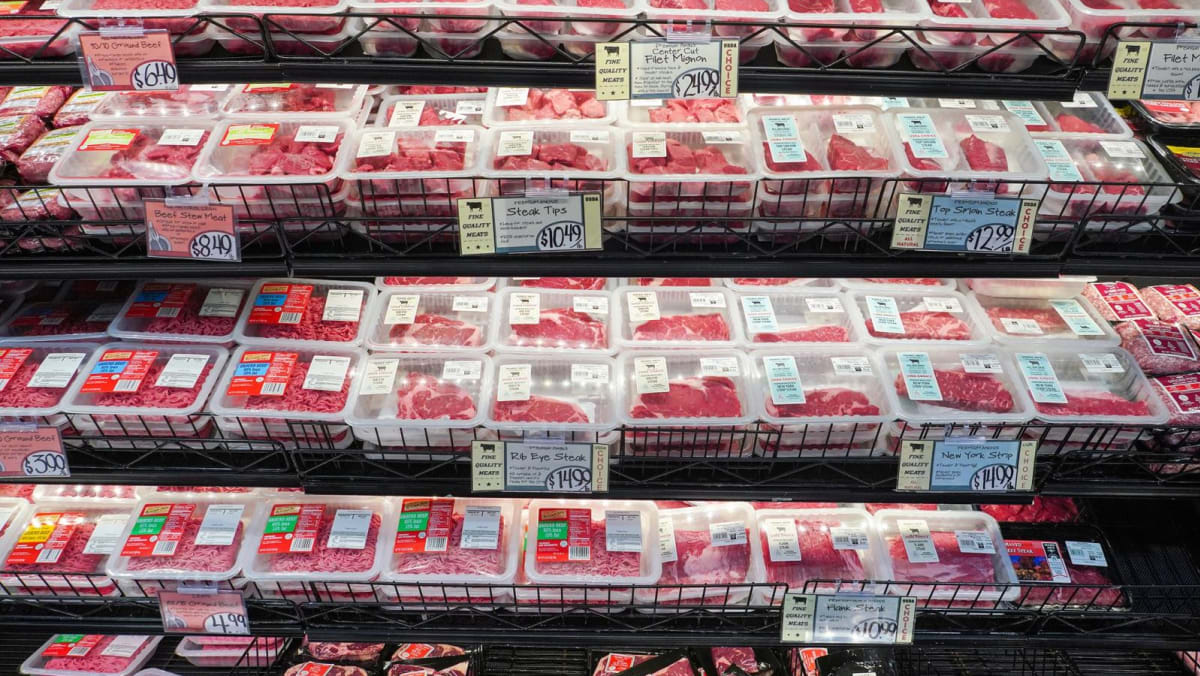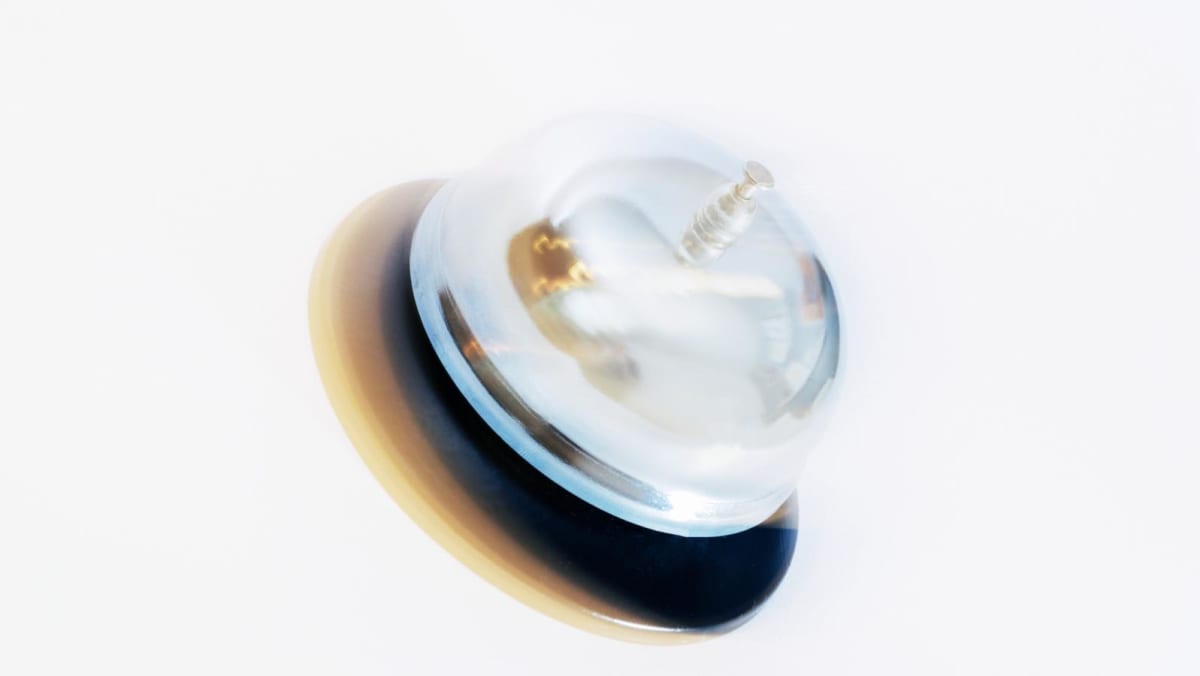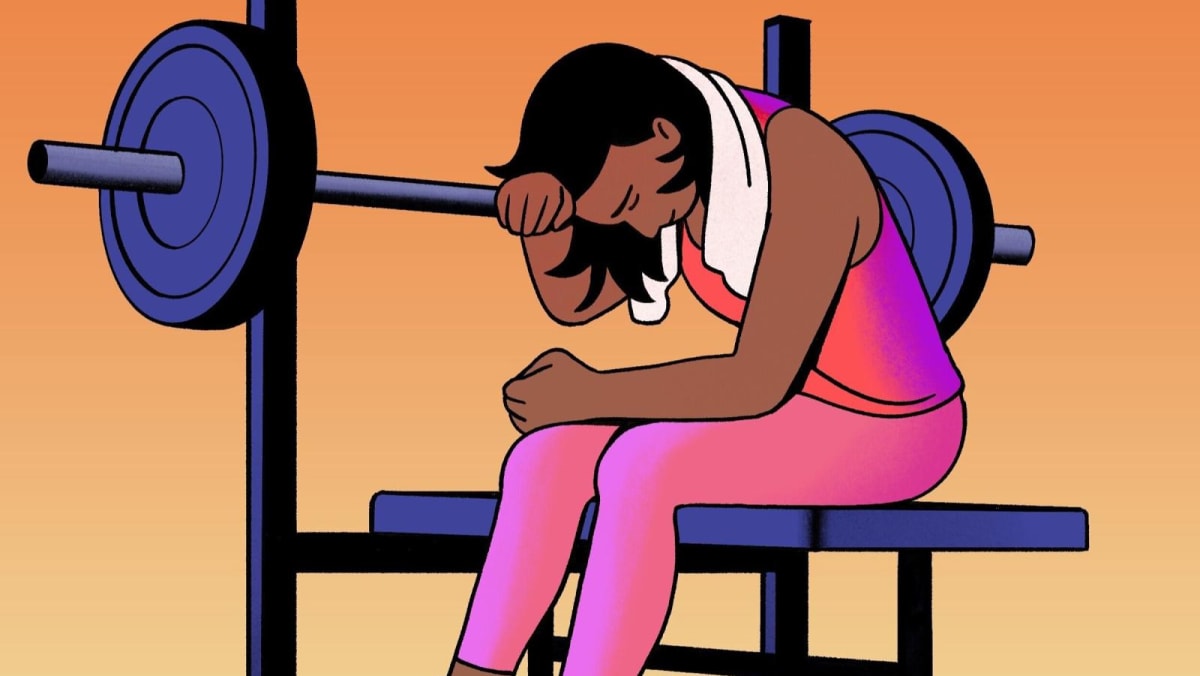In India, the mango is known as the “king of fruits.” The fruit, and its tree and leaves, are symbols of prosperity, good luck and love.
There’s a lot to love nutritionally, too. Mangoes are rich in Vitamin C and potassium. And they freeze well, making them a year-round smoothie staple.
Here’s what to know about their health attributes.
THEY’RE HIGH IN SUGAR (BUT IT’S NOT LIKE EATING A COOKIE)
One half of a peeled mango contains about 23 grams of sugar, which is more than twice what you get in a typical store-bought chocolate chip cookie.
But the natural sugar in mangoes doesn’t spike your blood glucose the way the added sugar in cookies does, said Jessica Higgins, a dietitian in the Lifestyle Medicine programme at NYC Health + Hospitals Woodhull. That’s because your body has to break down the beneficial fibre in a mango to access the fruit’s sugar. This takes time, which gives your body a chance to gradually process the glucose. In a cookie, she said, the refined sugar is immediately available, which is why it can cause a spike.
One half of a mango has around 10 per cent of your daily fibre needs, said Stephanie Rogus, an assistant professor and extension nutrition specialist at Texas A&M University. Mangoes aren’t quite as high in fibre as fruits like apples or pears – in part because we typically don’t eat the fibrous mango skin – but they still cross the “good source of fibre” threshold, Dr Rogus said.
Beyond slowing down your digestion, the fibre in mangoes can help keep your blood cholesterol in check and support the good bacteria in your gut, said Maya Vadiveloo, a dietitian and associate professor of nutrition at the University of Rhode Island.
THEIR VITAMIN C LEVELS ARE UP THERE WITH CITRUS FRUITS
One half of a mango contains 61mg of Vitamin C, similar to what you’d get from one half of a navel orange or a grapefruit.
Beyond Vitamin C’s well-known immune-boosting properties, it can also help your body absorb iron from plant-based foods, Dr Vadiveloo said.
The iron in foods like leafy greens and beans isn’t as easily accessible as the iron you get from eating animal products, she said. Pairing these foods with Vitamin C-rich foods like mango can help convert the iron into a more usable form.
THEIR POTASSIUM COULD HELP LOWER YOUR BLOOD PRESSURE
Bananas may be the most famous potassium-rich tropical fruit, but mangoes aren’t that far behind. One half of a mango contains 282mg; a medium banana has 422mg.
Potassium can help to counteract the heart disease risk that comes with consuming too much sodium, Higgins said. Excess sodium can cause your body to retain fluid, which can raise your blood pressure. Over time, high blood pressure can increase your risk for heart attacks and strokes. Potassium helps to balance your body’s fluid levels, she said, so it can help bring your blood pressure back down.
WHAT’S THE BEST WAY TO EAT MANGO?
Try it frozen. If a ripe mango is nowhere to be found, DrVadiveloo recommended buying frozen chunks. As long as the frozen kind doesn’t contain added sugar, it’s just as nutritious as fresh mango, she said.
Don’t overdo it on the dried mango. One-half cup of dried mango contains 255 calories and 53g of sugar – far more than the 50 calories and 11g of sugar you’d get from the same amount of fresh fruit.
“When we take all the water out, we’re concentrating the sugars and the calorie-containing macronutrients,” Higgins said. “That’s a pretty big difference.”
TO JUDGE RIPENESS, USE YOUR THUMB
Higgins recommended using what she called the “press method” to select a perfectly ripe mango. When you gently press your thumb into the fruit, you should feel just a slight give.
By Caroline Hopkins Legaspi © The New York Times Company
The article originally appeared in The New York Times.














